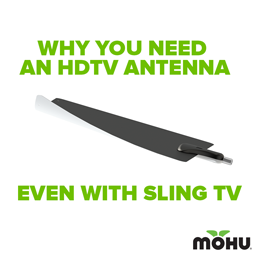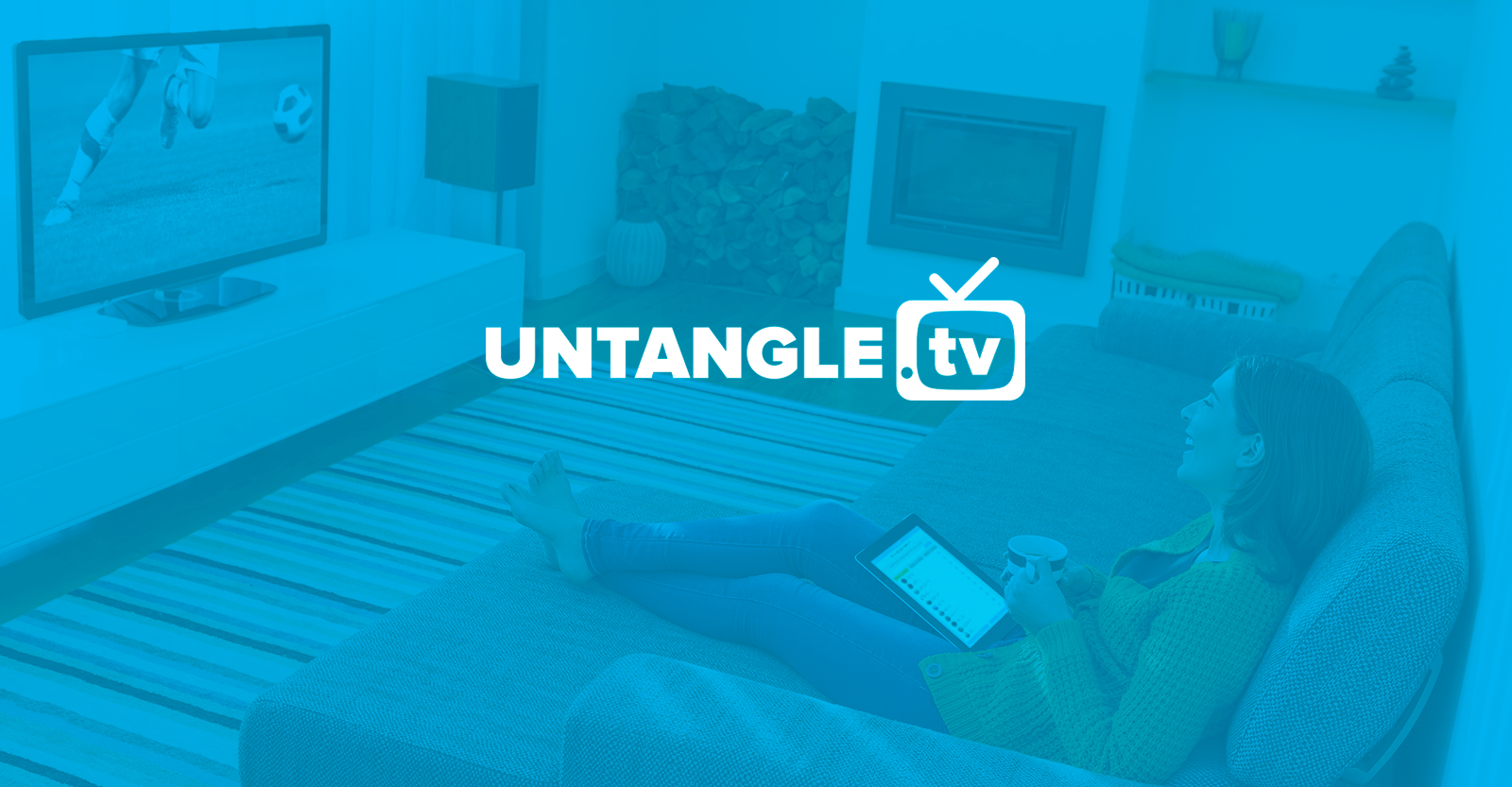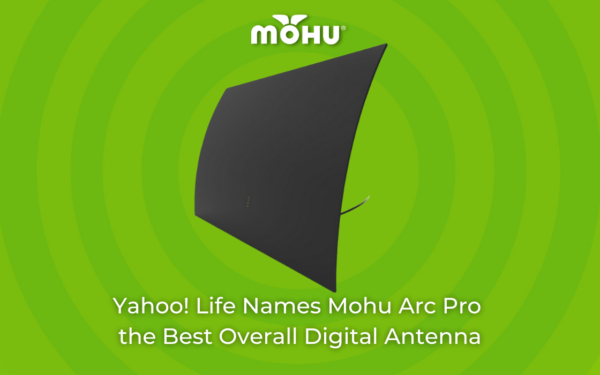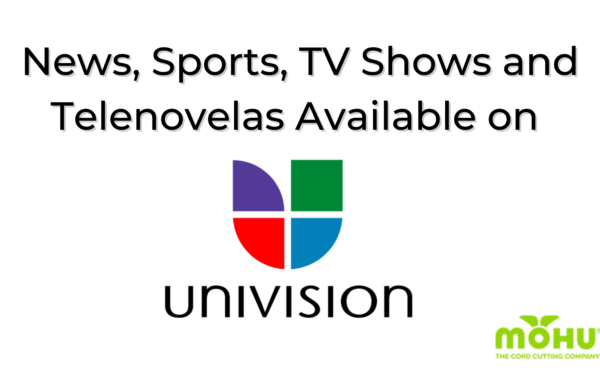Ever since the announcement of Sling TV, the internet has been abuzz with comments and predictions about the future of entertainment. In a broader sense, Sling is a step in the direction towards a market where television networks offer subscription packages or bundle packages, where you get a 10 or 12 channels instead of 100s.
With the ability to stream live TV, many people are starting to wonder why they would ever need something like an HDTV antenna when they can just simply stream online with Sling TV. An understandable sentiment; but without support for Over-the-Air network television (ABC, NBC, etc…), Sling TV still falls short of being a cable TV alternative.
Now you may think that with services like Netflix and Hulu that stream network television on demand you still won’t need an HDTV antenna; but that’s not true. Being able to stream something online does not mean that it is necessarily superior. To help you better see what I mean, here are five reasons why an HDTV antenna is still a good purchase.
1. You get a more reliable picture
It’s hard to argue that services like Sling TV and Netflix have an impressive content selection; however, less can be said of how that content will look. When you stream something online, you’re still at the mercy of your ISP and whatever download speed they deem appropriate.
What that means for you as a consumer is that you’re going to run into buffering screens and a lot of pixelized images.
There’s no buffering with OTA. With an HDTV antenna, you have no loading screens or fuzzy picture; just crystal clear 1080i HD picture. I may be able to stream television online, but I’d prefer my entertainment to have consistently high quality.
2. It’s Cheaper
At $20 a month, Sling TV is a relatively cheap subscription bundle, but purchasing an HDTV antenna is still a more cost effective option. You may pay up to $70 for a high-quality indoor TV antenna, but that’s a one-time cost. One year of Sling TV will cost $240, which is more than four times the price of a high-end antenna. However, bundling the two is still significantly less than a traditional pay TV subscription, so no matter what, you still save.
3. An HDTV antenna has long lasting value
Building off of that last point, an HDTV antenna provides long lasting value. Like an investment, you put in a one-time payment and it continues to pay ad infinitum in the form of free broadcast television.
OTA television enabled by an HDTV antenna will provide years of entertainment for one small price. The only time you will need a new antenna is if it breaks; and if you purchase a Mohu antenna, that probably won’t happen.
4. You can stay current on your favorite shows
It’s true that you can watch most of your favorite television shows on Netflix and Hulu, but you’re always a step behind. With Netflix, you’re always one season behind of whatever show you’re watching, and with Hulu you still have to wait several days before you can watch a new episode.
With OTA television, there is no waiting. You watch a show when it airs, and if you have a DVR, you can watch it again whenever you like.
Streaming certainly has the benefit of convenience, but there are some television events that are best enjoyed live (see: Oscars, Grammys, Super Bowl, SNL 40th Anniversary Special, etc.).
5. Sports, Sports, Sports
Probably one of the biggest opportunities for complementing Sling TV is when it comes to over-the-air sports broadcasts. No network television means limited NFL, limited choice of college football games, no World Series, no Super Bowl, blackouts for locally broadcast college basketball games, etc.
Sling TV is great because it finally opened ESPN to cord cutters, but it cannot replace the games that air on network television.
I understand why someone may think Sling TV is the final solution to cord cutting, but in reality it’s not. It’s a good option, one that may change entertainment as we know it, but it still can’t replace the need for a TV antenna.
Dave Kennedy is a long time cord cutter who became increasingly frustrated with the high cost of Cable TV and decided to make a stance. In 2011 he launched KilltheCableBill.com, a site dedicated to helping people save money through providing simple, cost-effective cable TV alternatives. Since then, David has helped 1,000s of people cancel their cable subscription while keeping the shows they love.




